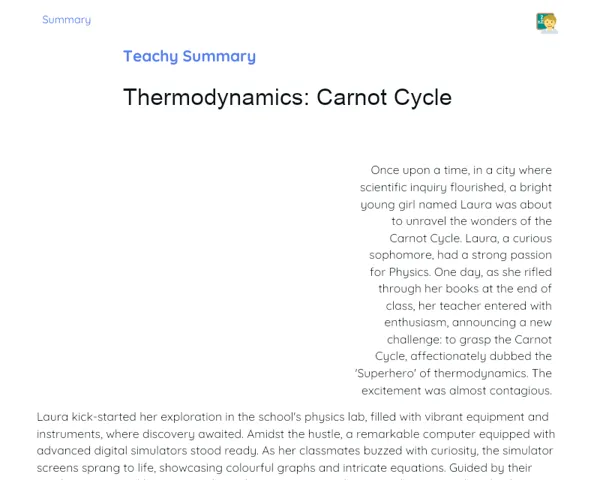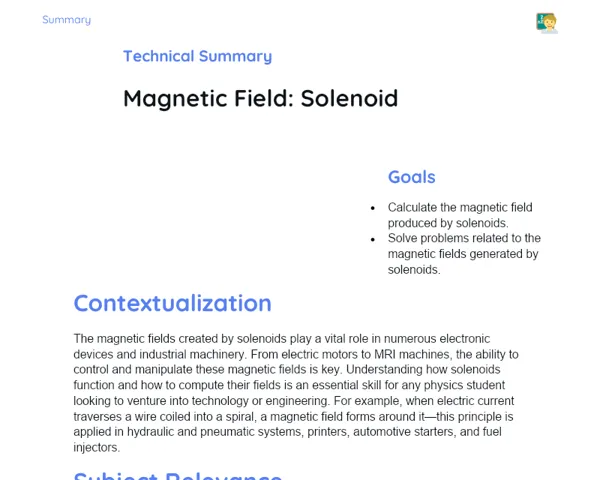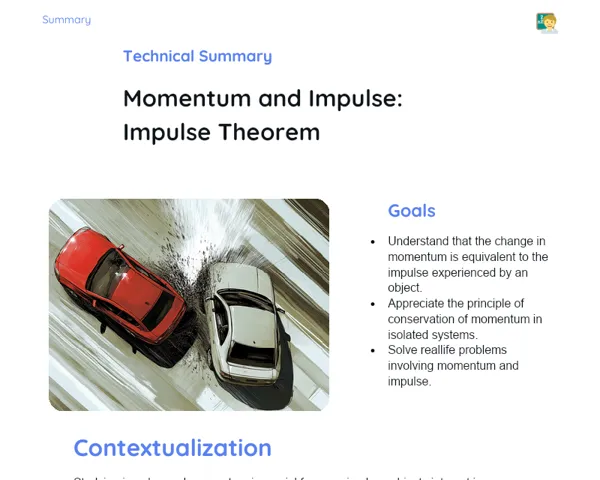Objectives
1. Enhance the skills needed to solve practical problems involving calculations of electric forces and fields, using Coulomb's Law and Gauss's Law effectively.
2. Leverage the knowledge gained in real-world applications for the sizing of electrical equipment and analyzing natural phenomena.
Contextualization
Did you know that electricity is vital for nearly every aspect of our modern lives and also plays a significant role in various natural events? A captivating example is lightning, which occurs when there are discrepancies in electric fields in the atmosphere that balance out through electrical discharges. Grasping these principles not only allows us to use electricity in a more efficient and safe manner but also helps us study and predict natural occurrences, like storms and lightning, which have direct implications on safety and technology in our society.
Important Topics
Electric Force
The electric force is one of the core interactions in nature. It explains the attraction or repulsion between charged particles, which is essential for comprehensively understanding how electric charges behave in electric fields. This knowledge is critical for solving practical problems and designing electrical and electronic systems.
-
It varies based on the magnitude of the charges and the distance separating them, according to Coulomb's Law.
-
The direction of the force is along the line connecting the charges for opposite charges, and against the line joining the charges for like charges.
-
It forms the basis for understanding and analyzing electric circuits, where electric current is the flow of charges that produce electromotive forces.
Electric Field
The electric field provides a mathematical representation of the influence one charge exerts on other nearby charges. This concept is crucial for understanding how charges interact and move in electrical systems, from small electronic circuits to natural phenomena like lightning.
-
It's defined as the force per unit charge, enabling calculations of the force a test charge would experience at a specific point in space.
-
Electric field lines originate from positive charges and terminate at negative charges, depicting the direction that a free positive charge would follow if placed within the field.
-
It facilitates the calculation of electric potentials, vital for decoding the behavior of charges in more complex fields and for circuit analysis.
Gauss's Law
Gauss's Law serves as a potent mathematical tool for calculating electric fields in symmetric situations. It's especially useful for charge distributions exhibiting high symmetry, like spheres or cylinders, making it easier to calculate fields that might otherwise pose direct computation challenges due to their complexity.
-
It allows for determining the electric field flux through a closed surface containing a charge, which is proportional to the total charge enclosed within that surface.
-
It's a key tool in analyzing charge distributions in both vacuum and material media, playing a crucial role in electromagnetic engineering.
-
It simplifies the resolution of practical issues in electrostatics and electrodynamics while retaining mathematical precision.
Key Terms
-
Electric Force: The force between charged particles, determined by Coulomb's Law.
-
Electric Field: An area of space where a test charge experiences an electric force, defined as force per unit charge.
-
Gauss's Law: A mathematical principle linking the electric field flux through a closed surface to the charge contained within that surface.
For Reflection
-
How might a deeper understanding of electric forces and fields enhance the design of electronic devices, making them more efficient and secure?
-
In what ways does studying electric forces and fields assist in forecasting and managing natural hazards, such as lightning and storms?
-
What significance does employing computational simulations hold for visualizing electric fields in situations where direct measurement is impractical or hazardous?
Important Conclusions
-
We delved into the intriguing world of electric forces and fields, which are fundamental to understanding everything from everyday electricity to natural phenomena like lightning.
-
We explored Coulomb's Law, which explains the forces between electric charges, and Gauss's Law, which aids in calculating electric fields in symmetrically arranged circumstances, thus streamlining analysis.
-
We showcased the real-world applications of these concepts in scenarios like urban planning and lightning safety, demonstrating their significant influence on technology and public safety.
To Exercise Knowledge
- Electrical Safety Project: Create an electrical installation blueprint for a real or simulated environment, like a house or a building, focusing on energy efficiency and safety. 2. Lightning Path Simulation: Utilize meteorological data to predict lightning strike paths in an urban landscape, employing concepts of forces and electric fields. 3. Build an Electroscope: Assemble a simple electroscope from everyday materials to observe the behavior of electric charges.
Challenge
Electric Superhero Challenge: Imagine you are a superhero with electric abilities; how would you save your city from a blackout? Formulate a creative strategy using your understanding of forces and electric fields to tackle this issue!
Study Tips
-
Utilize online simulations or physics apps to visualize electric fields and enhance your understanding of their behavior in varied scenarios.
-
Engage in discussions about electricity topics with friends or on online forums to explore diverse views and practical uses of the learned concepts.
-
Try to associate the concepts of electric forces and fields with recent news on technology, innovation, and science to grasp their relevance in real-life situations.



